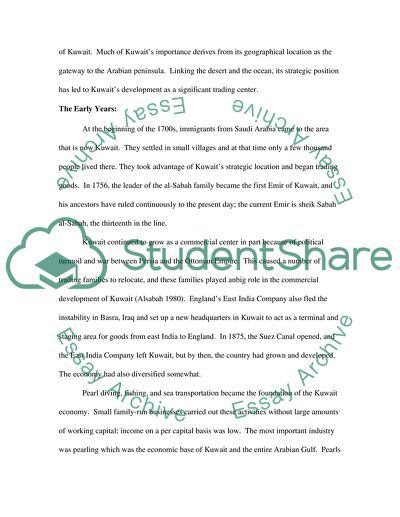Cite this document
(The Socioeconomic Background of Kuwait Term Paper, n.d.)
The Socioeconomic Background of Kuwait Term Paper. Retrieved from https://studentshare.org/macro-microeconomics/1705264-the-development-of-the-kuwait-economy
The Socioeconomic Background of Kuwait Term Paper. Retrieved from https://studentshare.org/macro-microeconomics/1705264-the-development-of-the-kuwait-economy
(The Socioeconomic Background of Kuwait Term Paper)
The Socioeconomic Background of Kuwait Term Paper. https://studentshare.org/macro-microeconomics/1705264-the-development-of-the-kuwait-economy.
The Socioeconomic Background of Kuwait Term Paper. https://studentshare.org/macro-microeconomics/1705264-the-development-of-the-kuwait-economy.
“The Socioeconomic Background of Kuwait Term Paper”, n.d. https://studentshare.org/macro-microeconomics/1705264-the-development-of-the-kuwait-economy.


